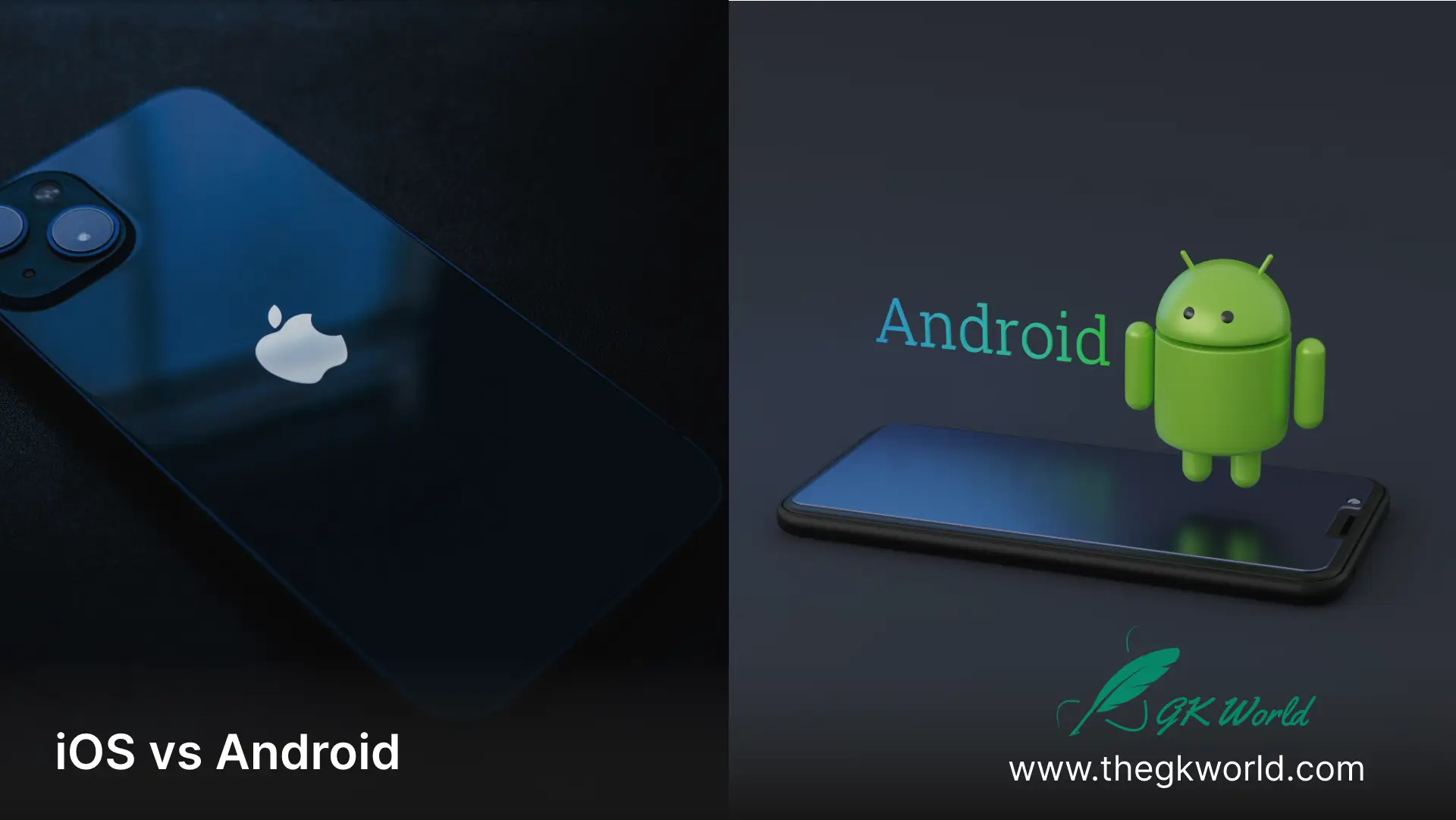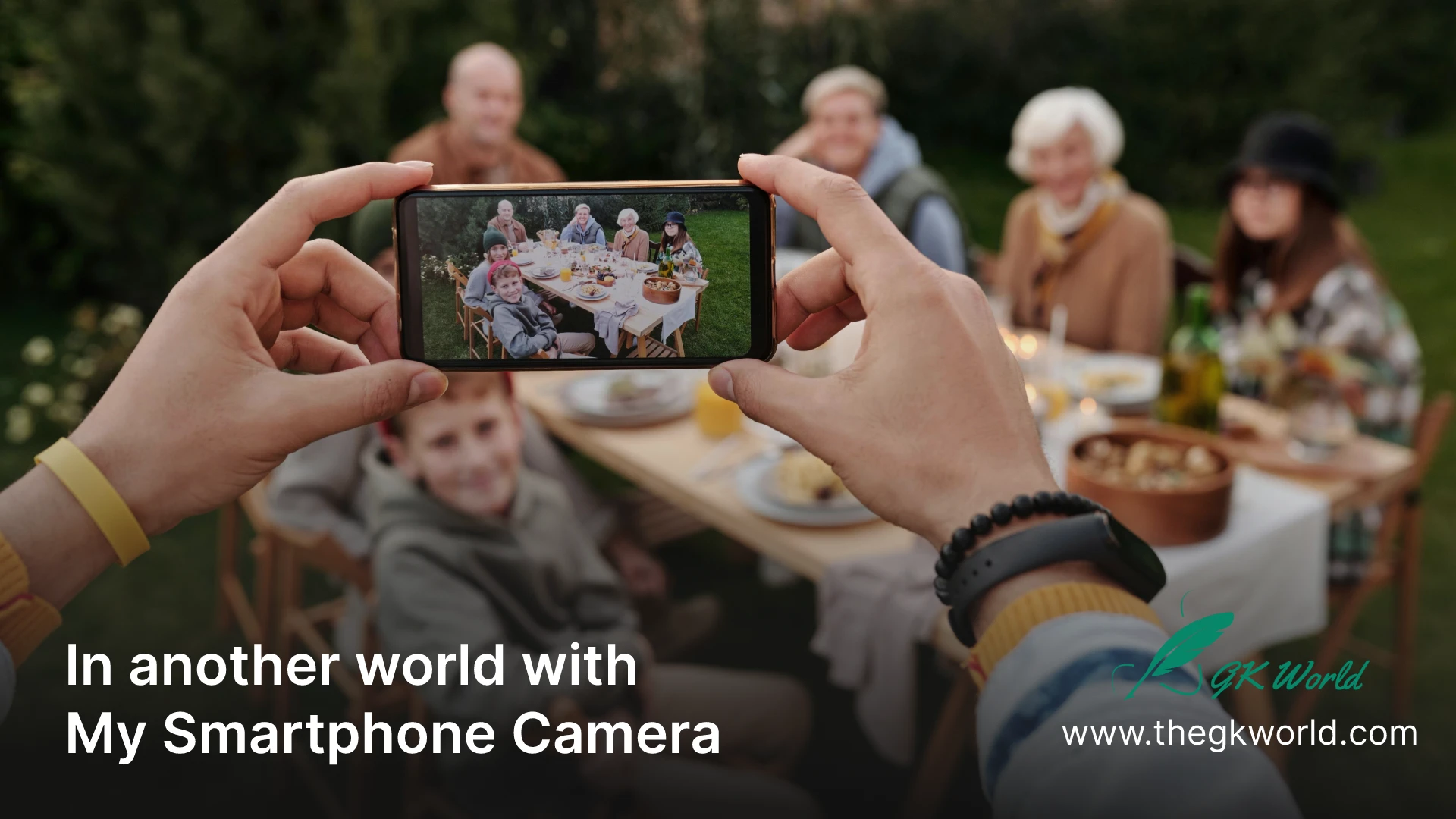
Although there were several telephone operating systems in the past, iOS and Android are presently the most fundamental competition. With a worthy cause, each of them has millions of users worldwide. Purchasing an Android or iPhone phone gives you access to over 15 years of advancement and development. Apple and Google have essentially mastered their software over that period. Even though they are both excellent, Android and iOS differ from one another, not the least of which is security.
Android vs iOS: Key differences
1) Hardware options
a range of hardware alternatives for every platform. Android is compatible with different makers’ size, shape, functionality, and cost devices. Users now have more options and freedom to choose from, making it easier to select a gadget that fits their needs and interests.
However, iOS is limited to supporting only Apple devices, which are typically more costly and scarce. This reduces the options and flexibility available to consumers and can compel them to give up on certain functions or elements.
When did Smartphones come out? Smartphones first appeared in the early 1990s, with IBM’s Simon Personal Communicator debuting in 1994, blending phone functions with a touchscreen interface.
2) User interface
With its diverse launchers, widgets, themes, and apps, Android users can alter the appearance and feel of their smartphones and enjoy greater personalization and customizing choices. With the ability to store and arrange all of the apps on the device, Android also has a more adaptable and versatile app drawer that can be accessed by swiping up from the bottom of the screen.
iOS, on the other hand, limits users to the platform’s default appearance and feel and gives fewer customizing and personalization choices. iOS also features a more rigid and set home screen that cannot be changed or rearranged and only shows app icons and folders.
3) Voice assistant capabilities
Google’s synthetic intelligence (AI) and natural language processing (NLP) powers Android’s Google Assistant. In addition to answering queries, Google Assistant can e-book appointments, play video games, control smart home appliances, and lots more.
Siri is a characteristic of iOS that uses Apple’s NLP and AI. In addition, Siri could make bookings, play video games, solve queries, give records, and perform smart domestic appliances.
4) Pre-installed applications
The Android devices have pre-installed Google apps, including Gmail, Photos, Maps, Assistant, Play Store, and more.
IOS comes pre-hooked up with Apple apps, consisting of Mail, Photos, Maps, Siri, the App Store, and more.
5) Security and privacy features
Many features are included with Android, such as Find My Device, biometric authentication, screen locking, encryption, and Google Play Protect. The Features of iOS may include encryption, passcodes, biometric authentication, app permissions, and Find My iPhone.
Furthermore, iOS has several exclusive features including Face ID, which uses facial recognition to unlock smartphones, and iMessage, which may encrypt all messages from start to finish.
When did the first smartphone come out? It was in 1994 with IBM’s Simon Personal Communicator, which combined phone functions with a calendar, address book, and touchscreen.
6) Technical support
Depending on the manufacturer, model, and carrier of your Android device, there may be differences in the technical help offered. Typically, you can visit their websites or physical locations, or get in touch with the manufacturer or carrier of your device for technical help.
iOS device technical support is more centralized and consistent. For assistance with iOS devices and software, you can visit Apple’s website or physical store (Apple Store).
7) Parental control features
Family Link, an integrated parental control tool on Android, lets you set up a Google account for your kid and connect it to your own. You can restrict and set rules for your child’s device with Family Link. You may establish screen time restrictions, allow or reject apps, review activity reports, remotely lock the device, and more features.
You may apply restrictions and controls on your child’s device, such as downtime, app limits, content and privacy restrictions, and more, by using iOS’s built-in Screen Time parental control feature.
Additionally, you may monitor the reports on your child’s device usage and control their communication and contacts with Screen Time.
8) Customization options
Because Android is an open-source platform, modification options are more varied and flexible. Nearly every feature on your device is customizable, including the notification bar, launcher, keyboard, theme, and font.
The fact that iOS is a closed-source platform implies that customizing options are limited. Only a few of your device’s features, including the wallpaper, widgets, icons, ringtones, etc., are customizable. The launcher, keyboard, theme, font, notification bar, etc. cannot be changed.
FAQS
Question: What is the major difference between Android and iOS?
Answer: Their environment and personalization are where they differ most from one another. Android is an open-source platform that offers a wide range of device options and deep customization.
iOS, on the other hand, keeps its ecosystem closed and provides a unified user experience for a small number of device models. iOS prioritizes a smooth, controlled experience, whereas Android serves a broader spectrum of customers with different preferences.
Question: Which is more successful, iOS or Android?
Answer: Metrics are key to success. Android has a larger market share than the others since it is more widely available.
Still, iOS is a revenue generator par excellence, with a strong App Store and a user base that tends to spend more money. Since each platform flourishes distinctly, it is difficult to pinpoint a single success.
Conclusion
The in general used mobile operating structures worldwide are Android and iOS. IOS offers more stability, simplicity, and safety, while Android offers extra customization, flexibility, and affordability.
In the quit, the person’s tastes, necessities, and financial state of affairs will decide which of Android and iOS they choose. Given that each platform has blessings and disadvantages of its own, there is no obvious winner.








Leave a Comment